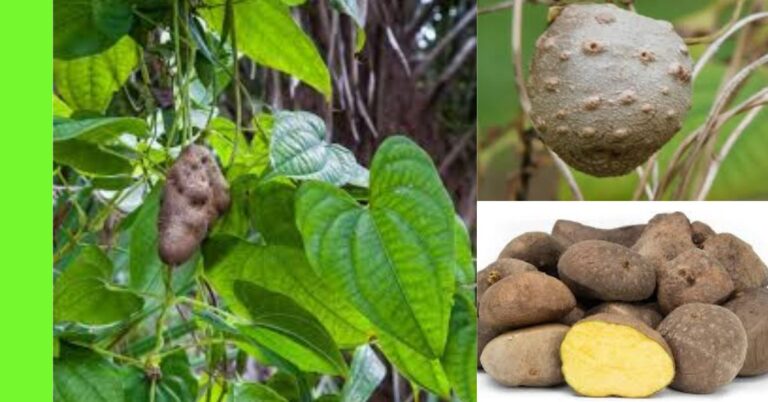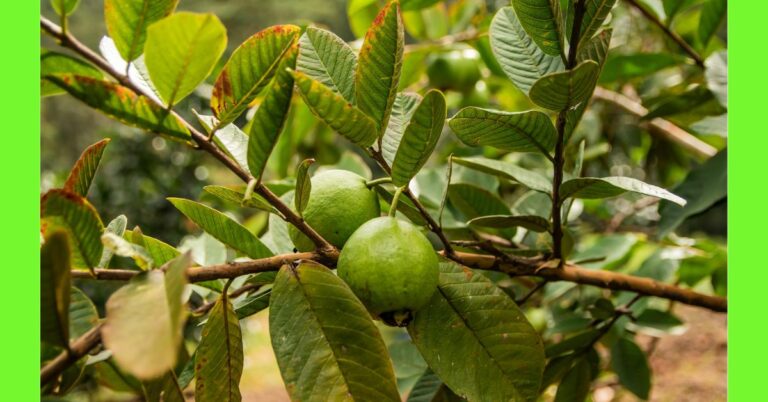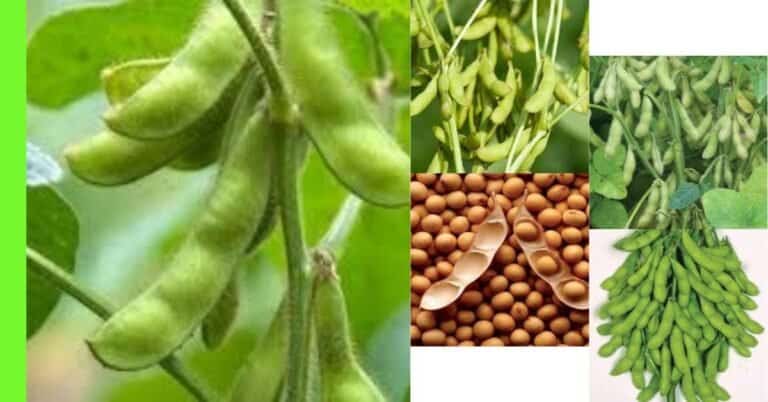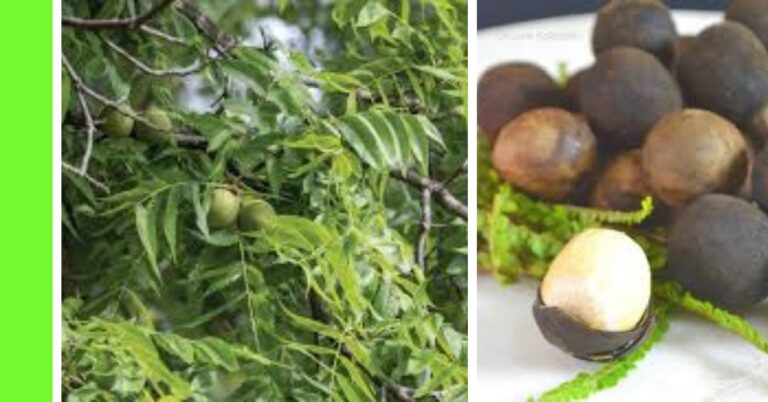Planting Hevea Brasiliensis (Rubber Tree) In Nigeria
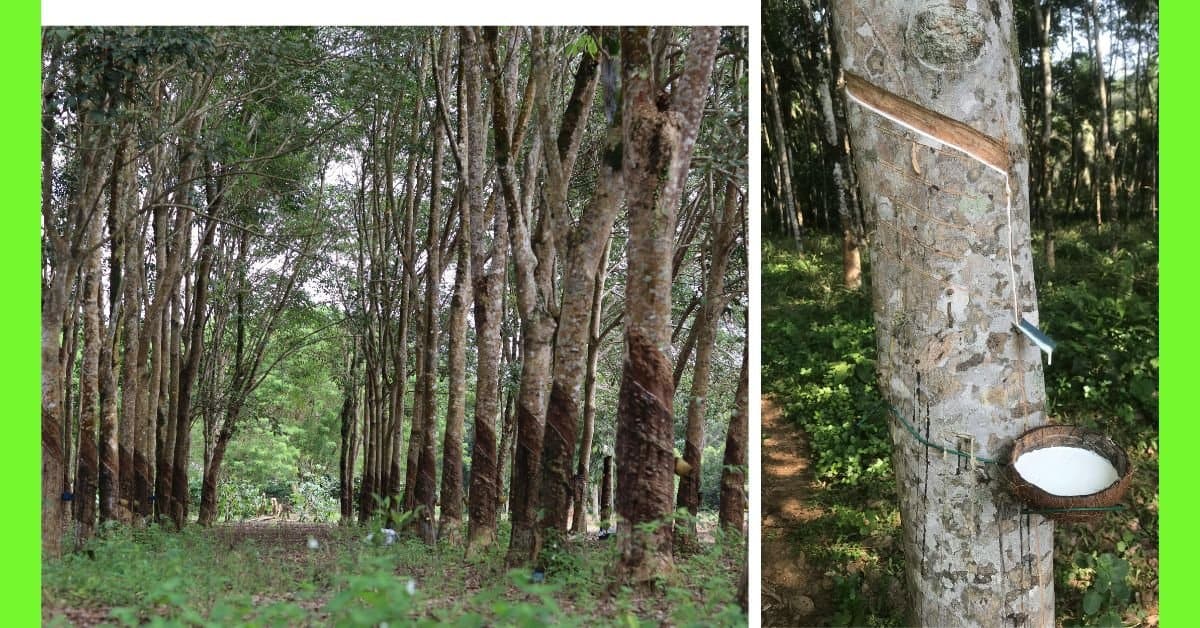
Rubber, derived from the Hevea brasiliensis tree, is an economically vital crop in Nigeria.
It is widely used to manufacture tyres, shoes, and various industrial products.
This guide will walk you through planting rubber in Nigeria, from choosing the right location to harvesting and managing pests.
Description of a Hevea Brasiliensis (Rubber Plant)
The rubber plant (Hevea brasiliensis) is a tropical tree cultivated in Nigeria and other parts of West Africa.
It can grow up to 30-40 meters in height and has a straight trunk with a wide canopy of leaves.
The tree produces a milky white sap known as latex, which is harvested and processed to create natural rubber.
Latex is stored in special vessels in the bark of the rubber tree, making tapping the tree a viable way to extract this resource.
Rubber plants thrive in warm, humid climates with regular rainfall, making Nigeria’s tropical conditions ideal for cultivation.
They are long-lived; once matured, a rubber plantation can produce latex for up to 30 years or more.
Planting Season for Rubber in Nigeria
Rubber plants are best planted during the rainy season in Nigeria, typically between April and June.
This timing ensures that young plants have enough water to establish strong roots.
The rainy season provides the moisture required for the seeds or seedlings to sprout and grow rapidly.
However, to avoid waterlogging, planting should be done when the soil is moist but not overly saturated.
Planting Rubber
Step 1: Choose a Location
Rubber plants require deep, well-drained soils with a pH range of 4.5 to 6.5.
Loamy or sandy soils with adequate organic matter are ideal.
The location should be free from strong winds, as rubber trees have a delicate structure that could easily be damaged by wind.
Also, areas with annual rainfall between 2,000 to 2,500 millimetres and temperatures ranging from 24°C to 28°C are perfect for rubber cultivation.
Step 2: Land Clearing and Preparation
Once the location is chosen, clear the land of any vegetation, rocks, and debris.
Rubber trees need space to grow, so ensuring the area is free of competing plants is crucial.
Plough and harrow the soil to loosen it, allowing the roots to penetrate deeply.
It’s advisable to test the soil to ensure it meets the necessary pH and fertility levels for rubber cultivation.
Step 3: Means of Propagation
There are two main methods of propagating rubber: from seeds or budded stumps.
Seeds are often used for new plantations, while budded stumps are famous for plantations seeking high-yielding varieties.
- Seeds: Seeds are usually planted directly into the soil. However, the trees grown from seeds may take longer to mature and produce latex.
- Budded stumps: These are grafted trees from high-yielding parent plants. This method ensures early latex production and uniformity in growth.
Step 4: How to Plant Rubber from Seed
If you are planting rubber from seed:
- Select healthy, viable seeds from a mature rubber tree.
- Soak the seeds in water for about 24 hours to encourage germination.
- Plant the seeds about 2-3 cm deep in the prepared soil, spacing them approximately 6 meters apart to allow room for growth.
- Cover the seeds lightly with soil and mulch the area to retain moisture.
- Seeds should germinate within 10-14 days, depending on the conditions.
Step 5: Watering
Rubber trees require adequate water, especially during their early stages.
However, they are sensitive to waterlogging, which can damage their roots.
During the rainy season, natural rainfall is often sufficient, but supplemental irrigation may be needed during dry spells.
Ensure the soil remains consistently moist but not soggy.
Drip irrigation is an effective method to provide water to the roots without causing excess saturation.
Step 6: Apply Manure
Adding organic manure to the soil improves fertility and encourages healthy tree growth.
Apply well-rotted compost or animal manure to the base of the young plants during the planting stage.
Continue to apply manure annually, especially during the early years, to enhance nutrient availability.
Following soil test recommendations, fertilizers containing nitrogen, phosphorus, and potassium (NPK) can also be applied.
Maturity and Harvest
Rubber trees typically take 5 to 7 years to reach maturity.
At this stage, they can begin to produce latex, which can be harvested through tapping.
Tapping involves making shallow incisions in the tree’s bark to extract the latex.
This should be done carefully to avoid damaging the tree and to maximize latex yield.
Tapping is usually done early in the morning, as the latex flows more freely in cooler temperatures.
The latex collected from the tree is then processed to produce natural rubber.
A well-managed rubber tree can be tapped for about 25 to 30 years, after which the yield diminishes, and the tree is eventually replaced.
Pests and Diseases
Rubber trees are susceptible to several pests and diseases affecting their growth and latex production. Some common pests include:
- Termites: These pests attack the roots and can weaken or kill the trees.
- Mealybugs and aphids: These sap-sucking insects can cause stunted growth and reduce latex yields.
- Leaf defoliators: Insects that feed on the leaves can hinder the tree’s photosynthesis, affecting overall health.
Diseases include:
- Leaf blight: A fungal disease that causes the leaves to turn brown and fall prematurely.
- Powdery mildew: A fungal infection that appears as a white powdery substance on the leaves.
- Root rot: Often caused by poor drainage, this disease can severely damage or kill rubber trees.
Pest and Disease Control
Effective pest and disease management ensures healthy rubber plants and high latex yields. Here are some control methods:
- Cultural Practices: Regular weeding, proper spacing, and pruning help reduce the incidence of pests and diseases.
- Biological Control: Encourage natural predators like birds and beneficial insects to control pest populations.
- Chemical Control: In severe cases, pesticides and fungicides can be applied to manage outbreaks of pests or fungal diseases. Follow recommended guidelines to prevent harm to the environment and workers.
- Water Management: Proper drainage can prevent waterlogging and reduce the risk of root rot.
How Many Rubber Plants Can I Grow in an Acre of Land, and What Quality of Rubber Can I Harvest?
On average, you can plant about 150 to 180 rubber trees per acre, depending on the spacing used.
The most common spacing recommendation is 6 meters by 6 meters, which provides enough room for the trees to grow and allows access for tapping and maintenance.
The quality and quantity of latex harvested depend on several factors, including the variety of rubber trees, soil fertility, climate, and management practices.
On average, a well-managed rubber plantation can yield between 1,000 to 2,500 kilograms of dry rubber per hectare annually.
The yield of a rubber plantation can vary over its lifespan, with the highest production occurring between the 10th and 20th years.
By following these steps and maintaining proper care, you can establish a successful rubber plantation in Nigeria and produce high-quality latex for various industrial uses.
Adequate planning, pest management, and attention to environmental conditions will ensure the health of your rubber trees and maximize yield.
I hope this article was helpful.


